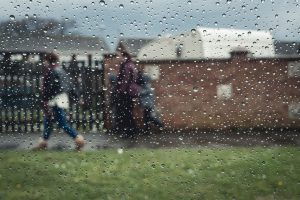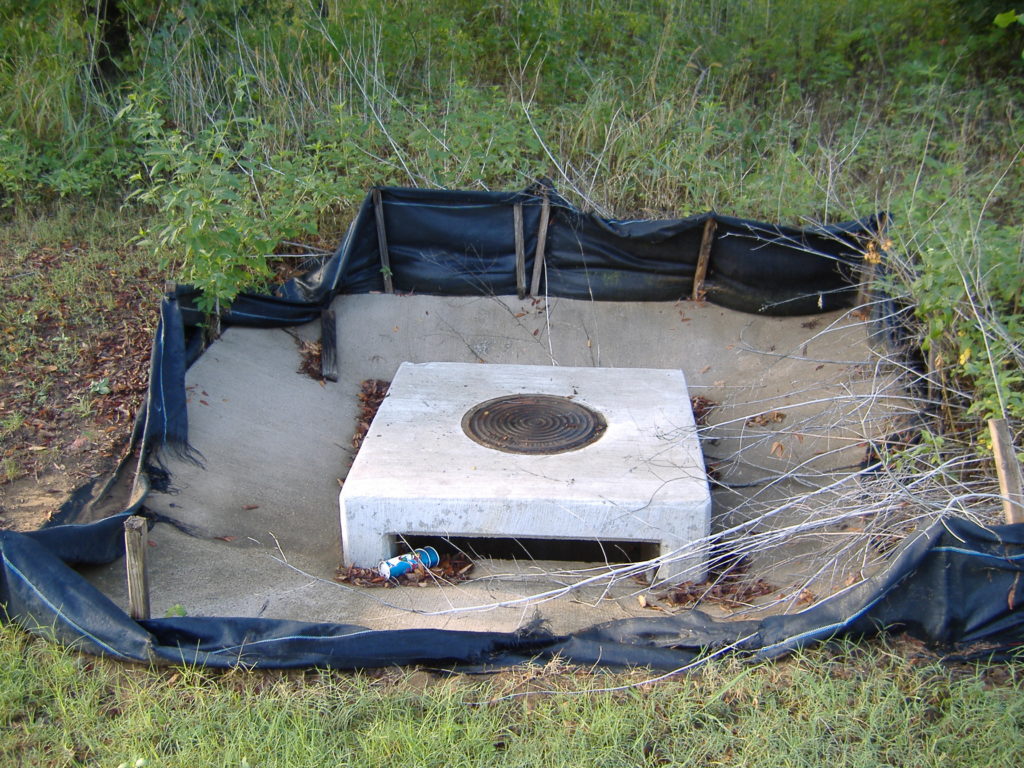Where Does Stormwater Go?
Here are some facts I want you to think about;
The water you drink is affected by stormwater! Stormwater comes from all forms and types of precipitation. Stormwater that does not soak into the ground becomes surface runoff. Runoff becomes polluted as it runs along roads and gutters, parking lots, roofs, lawns, and farms. Runoff contains and picks up pollutants such as automotive fluids, fertilizers and pesticides, bacteria, sediments, litter, and pet waste. Surface runoff flows (“disappears”) into a storm drain system that eventually flows into waterways (rivers, streams, lakes, oceans). Runoff is typically not treated before it enters the waterways.

It is easy to think about it like this: When it rains; I need to wash my car. I won’t need to water the grass or plants today after the rain. The windows need to be cleaned. It smells good after the rain. More water for streams, lakes, and aquifers; that I can drink, etc.
Now consider the simple equation of; precipitation = what I consume. There is a hidden factor to this equation. What pathway did the precipitation travel along before it got back to me?
Rain and snow are key elements in the Earth’s water cycle, which is vital to all life on Earth. Rainfall is the main way that the water in the skies comes down to Earth, where it fills our lakes and rivers, recharges the underground aquifers, and provides drinks to plants and animals.

Fortunately for everyone, water is a renewable resource that moves in a cycle with neither beginning nor end. Water vapor (evaporated from oceans, lakes, forests, fields, animals, and plants) condenses and returns to Earth as precipitation, once again replenishing reservoirs, lakes, rivers, and other sources of water and providing the moisture required by all human, plant, and animal life.
What happens to the water after it reaches the ground depends upon many factors such as the rate of rainfall, topography, soil condition, the density of vegetation, temperature, and the extent of urbanization. Direct runoff in a highly urbanized area is relatively great, not only because the density of roofs and impermeable pavements permits less rain to infiltrate the ground, but also because storm-sewer systems carry more water to the streams and lakes. (see below)
Storm Drains are found on urban and suburban streets at the curbside, often at corners. They drain rainwater and snowmelt off the streets to prevent flooding. Water entering storm drains is usually sent directly into the nearest waterway, untreated.

As rainwater flows off roofs, the ground, sidewalks, and streets to storm drains, it picks up pollutants such as street litter, pet waste, automotive oil, antifreeze, and lawn and garden chemicals such as fertilizers and pesticides. Whereas household wastewater is typically sent to water treatment plants before being discharged into local waterways, rainwater, and the pollutants it picks up on its way to the storm drain, is dumped untreated directly into the nearest stream, river, bay, or ocean.
These pollutants can pollute water hundreds of miles downstream from their source. In older urban areas, when the sewers become overloaded due to heavy rain, sewage is sometimes mixed with storm drain water and discharged directly into the nearest waterway, without going to a treatment plant first. These combined sewer overflows can make waterways and ocean beaches unsafe for swimming.
A single quart of oil can contaminate two million gallons of drinking water or create an oil slick that covers eight acres.
It’s time for everyone to think more about the storm drain system as a conduit of our waters and what we can do to improve the cleanliness of runoff and stormwater.
Cited Works: https://water.usgs.gov/edu/earthrain.html

